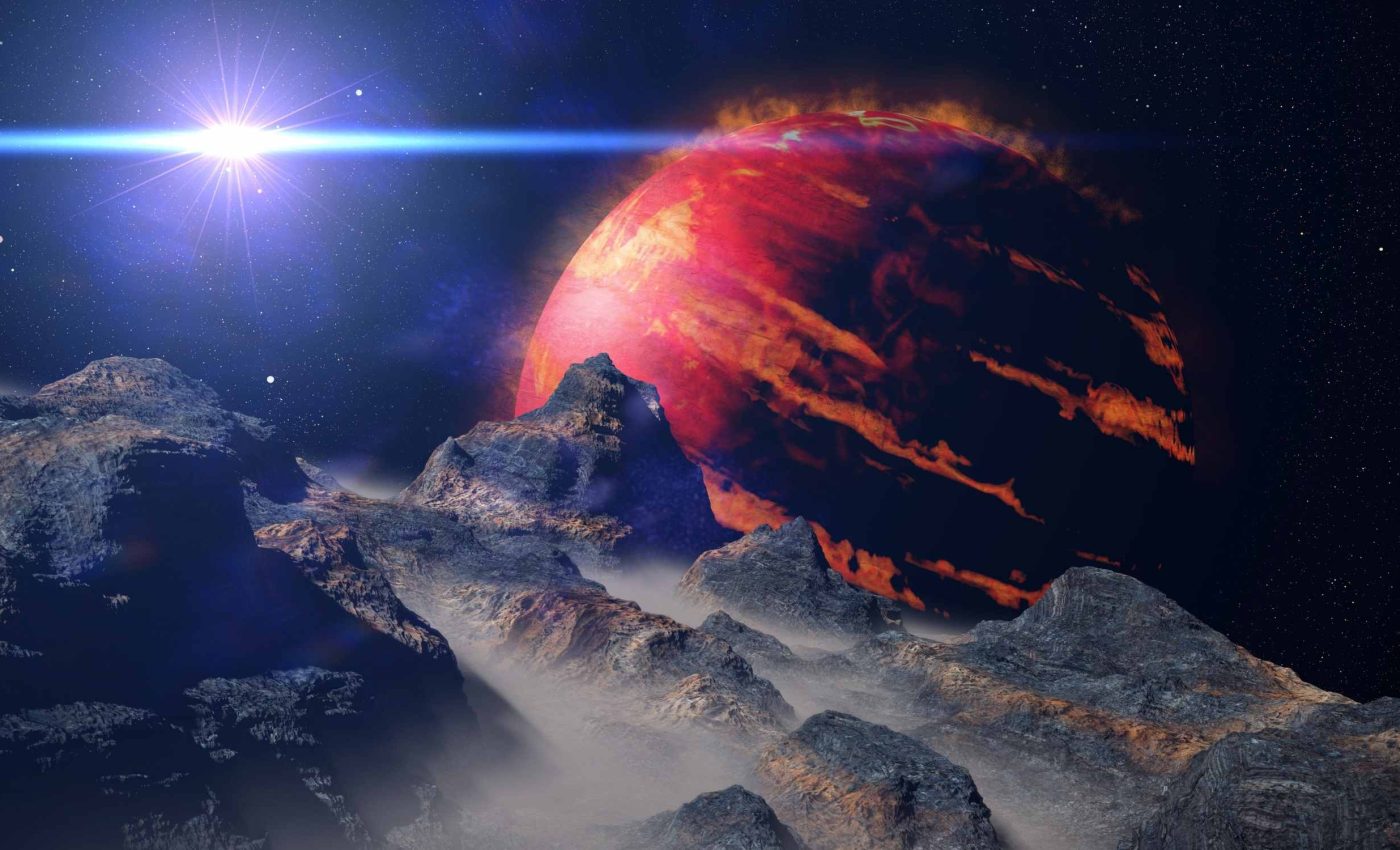
Scientists find rocky planets that appear inhospitable, but discover they could harbor life
Many rocky planets from beyond our solar system glow with volcanic scars, yet their crusts sit frozen in place, locked together like a single giant shield. Is it possible that these planets host conditions that would be friendly to life?
Matthew Reinhold, a doctoral researcher, and Laura Schaefer, an assistant professor at Stanford University, created detailed computer models showing that such static‑crust planets, which they call Ignan Earths, can still nurture liquid water, mild air, and potentially thriving ecosystems.
Planets need to lose heat
Earth regulates temperature partly through plate tectonics. This involves the slow rafting of rigid lithospheric slabs over the mobile asthenosphere, a motion driven by mantle convection.
Moving plates recycle carbon, build mountains, open ocean basins, and refresh the seafloor, continually giving life new niches and chemical feedstocks.
Without that conveyor belt, heat must still escape, or a planet risks turning into a pressure‑cooked Io where lava fountains blanket the ground.
Jupiter’s volcanic moon, Io, loses roughly 1.5 watts of heat per square yard, about twenty times Earth’s average output.
Reinhold and Schaefer explored planetary interiors that pump out between 1 and 15 watts per square yard. This is well below Io’s extreme, yet well above Earth’s gentle glow.
Ignan Earths may favor life
Their models indicate that the mantle of an Ignan Earth remains mostly solid, so globe‑spanning lava oceans are not inevitable or even likely.
Instead, on these types of planets, magma threads upward through narrow conduits in a process called heat‑pipe tectonics. The process carries energy and gases to the surface while leaving the crust largely intact.
Surprisingly, simulated surface temperatures stayed under 185°F (85°C), even when interior heat rose an order of magnitude above Earth’s.
Efficient atmospheric feedbacks kept the climate within a stable range by balancing volcanic outgassing with rapid chemical weathering.
That range overlaps the “cool early Earth” window revealed by 4.4 billion‑year‑old zircons. This evidence points to liquid seas and temperate air long before modern continents formed and photosynthesis began.
In other words, a fiery heart does not doom a planet to lifelessness. It may mimic the balmy warmth that our own world enjoyed while life gained its first biochemical foothold.
Internal heating on Ignan Earths
Heat‑pipe tectonics vents gases continually, replacing the sporadic eruptions that are familiar on a plate‑bearing world with a ceaseless planetary simmer.
The researchers’ simulations show carbon dioxide bubbling out through thousands of mini‑volcanoes, yet rainfall and rock weathering lock much of that gas away within newly formed basalts.
That exchange forms a vertical version of the carbonate‑silicate cycle, a global thermostat that balances greenhouse warming against chemical drawdown, and keeps oceans from evaporating.
“We find that Earth‑mass planets with internal heating fluxes below 15 W m⁻² produce average surface temperatures that Earth has experienced in its past, below 30°C (86°F),” noted Reinhold.
At higher heat loads, the thermostat still holds, never pushing oceans to a boil or stripping a planet of habitability.
Feedbacks keep climate friendly for life
Atmospheric models linked to the interior calculations revealed negative feedbacks almost identical to those on Earth, despite the lack of sliding plates.
As volcanic outgassing raises carbon dioxide levels, weathering rates accelerate, scrubbing the air and lowering temperatures until equilibrium returns.
If a planet edges toward the runaway greenhouse limit, added heat expands the atmosphere, thickening cloud decks that bounce sunlight back into space and slow further warming.
The team’s hottest test cases stayed safely below one‑twentieth of that threshold, keeping average seas from surpassing 212°F (100°C), a conservative benchmark for surface sterilization.
Even tidal heating scenarios, such as a planet locked in a close dance with a red dwarf, left room for clement oceans and long‑term climate stability.
This suggests that synchronous rotation and internal heat from tidal forces don’t automatically preclude a planet from hosting life-friendly environments.
Why Ignan Earths matter
Almost one‑third of rocky exoplanets discovered so far orbit stars in zones where tidal forces or radioactivity can supercharge their interiors, producing heat budgets similar to those on Ignan Earths.
Traditional habitability filters often dismissed these planets, assuming static lids meant sterile magma deserts with no recycling of nutrients.
The Stanford study widens the pool of targets for observatories like JWST, ELT, and the upcoming Habitable Worlds Observatory, all of which can sniff atmospheric chemistry from light‑years away.
Future spectra that catch volcanic gases alongside water vapor could hint at continents weathering out of fresh basalt. This would potentially signal vertical recycling that distinguishes Ignan Earths from stagnant, Venus‑like planets.
If Ignan Earths prove common, they may resemble our planet during the Hadean, when a young Sun shone dimmer yet internal fires burned brighter and chemistry set the stage for biology.
Such parallels could mean that life on planets elsewhere begins not in calm, stable conditions but in heat-driven chaos that gradually cools into habitability.
The study is published in the Journal of Geophysical Research: Planets.
—–
Like what you read? Subscribe to our newsletter for engaging articles, exclusive content, and the latest updates.
Check us out on EarthSnap, a free app brought to you by Eric Ralls and Earth.com.
—–













